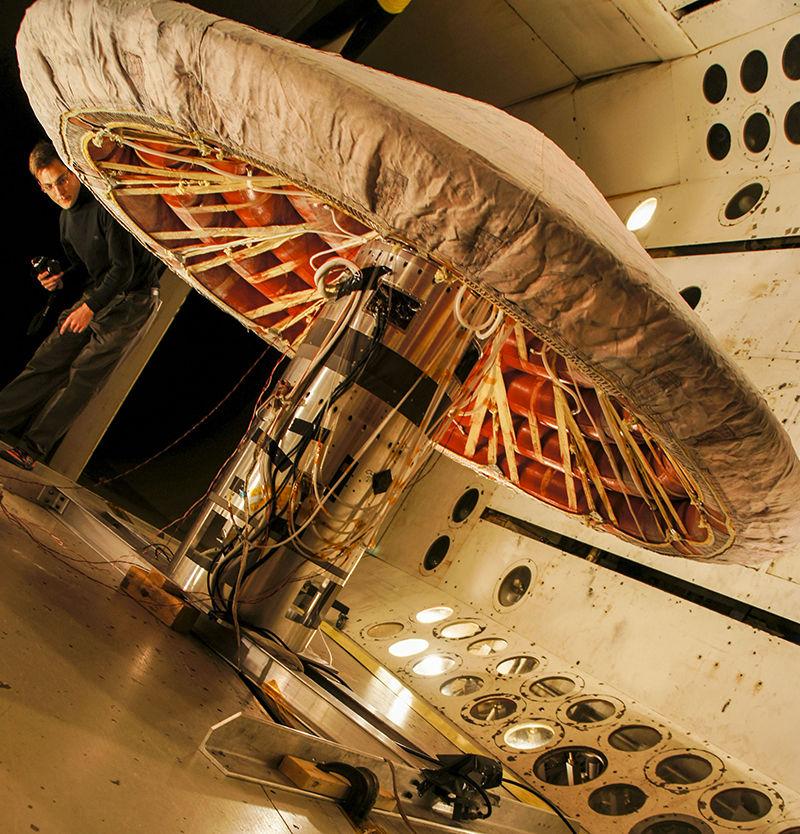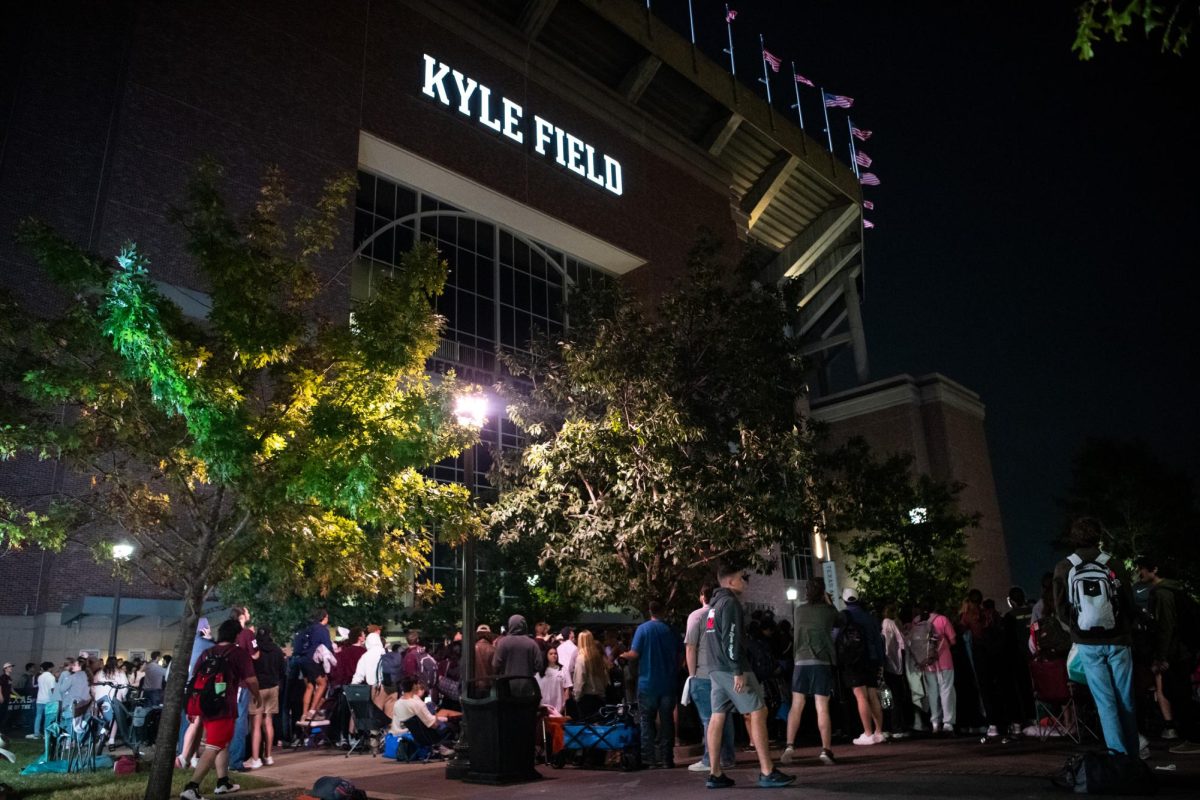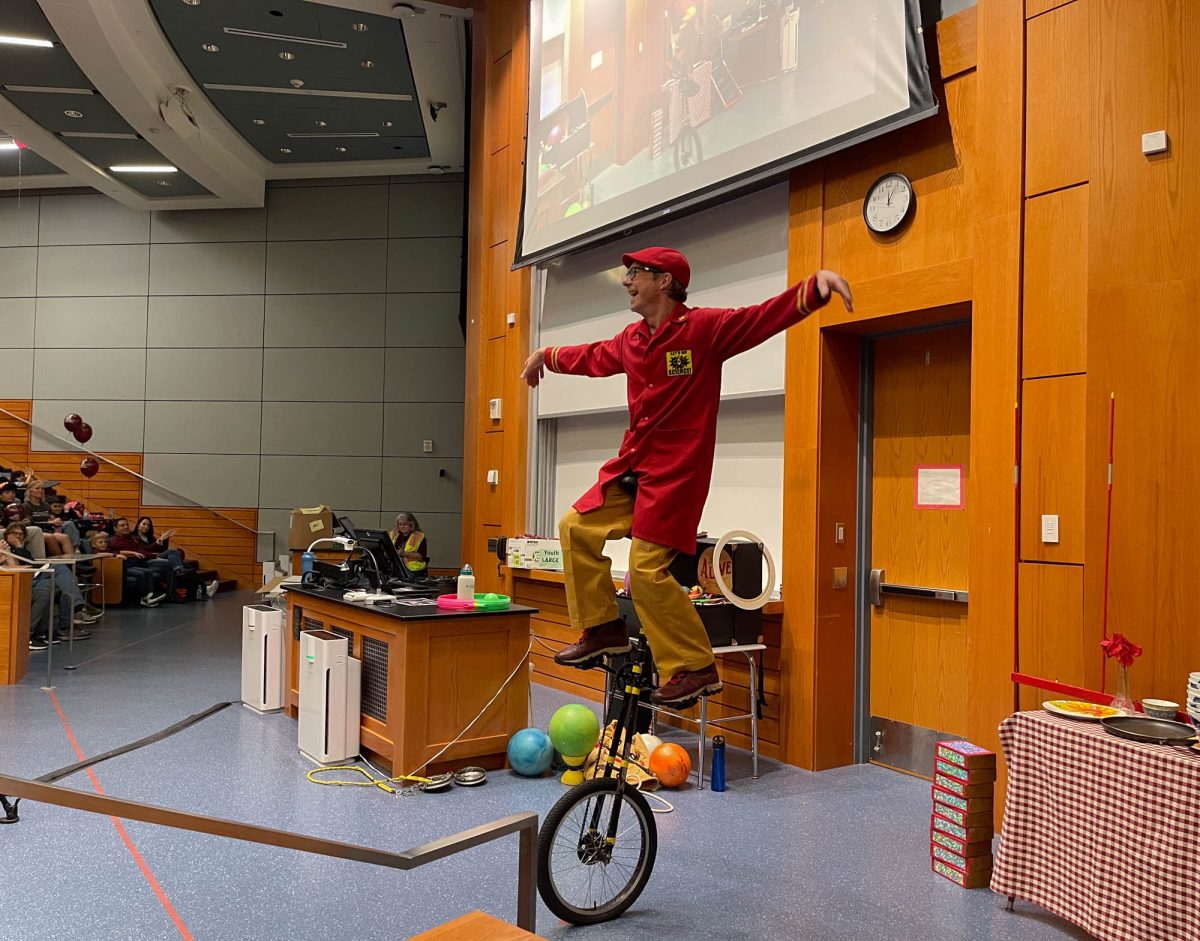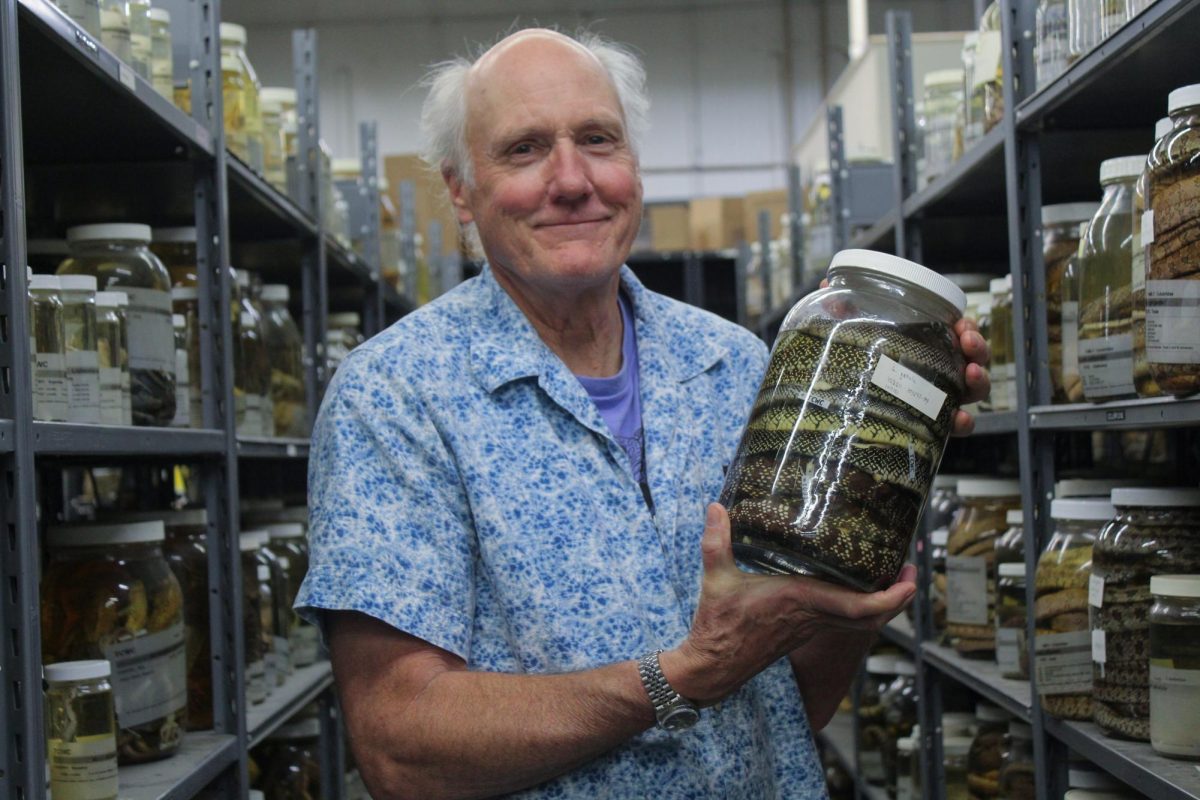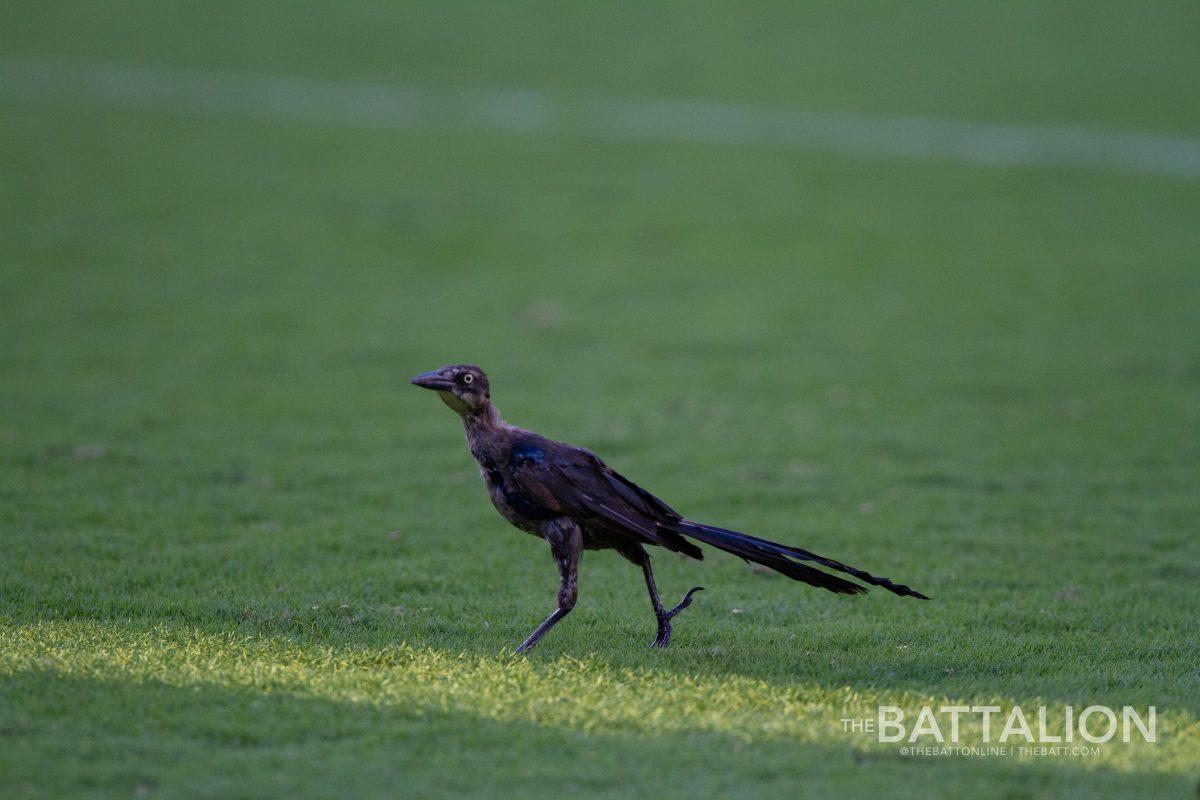Mars makes it extremely easy to die before you even get to the surface.
Martian gravity is over two times stronger than the moon’s, so a simple surface descent like the Apollo program’s Lunar Lander would require too much fuel. And the Martian atmosphere is just one percent the thickness of Earth’s, making a blunt-body entry craft that relies on atmospheric drag to slow down impossible.
Landing a manned spacecraft on Mars — and living to tell the tale — is exceptionally hard if you try to do it directly. It’s simple physics: the Earth-Mars orbit is given too much energy by the quirky laws that govern orbital mechanics. That energy needs to go somewhere, and it is preferable to find an event other than “deadly Martian impact” to use it all. But how do you slow a several-ton craft traveling over four miles per second when all you have is a whisper of atmosphere, too much fuel to lift off with in the first place or solid Martian rock?
Trick question — you use the atmosphere, but you don’t enter it Apollo style. Instead of punching straight down to land, you fly through the atmosphere’s upper reaches and exit back into space. The spacecraft bleeds energy through atmospheric drag. By the time it exits, enough energy has been used that the craft is now “captured” by Martian gravity. It orbits at a slower velocity and can now attempt a safer landing.
This process — known as “aerocapture” — will hopefully place men and women safely on Mars one day soon. It’s never been done before, but I get to do it before any astronaut ever does. Computer simulations rule.
The past week was an exhaustive preparation to run aerocapture simulations. The spacecraft can’t simply glide its way through the atmosphere and merrily expect to deliver its humans safely. A violent death on the surface or a failed gravity capture and slingshot into deep space are very real dangers. The craft needs to constantly maneuver as it flies in order to hit its target orbit, but the algorithms that govern this process are not flight-ready.
I ran thousands of simulations — and I’ll run thousands more — on guidance algorithm variations with different simulated spacecraft. Some of them were successful. Others crashed, submitted their passengers to fatal g-loads or shot off into deep space. Don’t tell the astronauts.
The guidance algorithm works better and better after each day of troubleshooting, and I’m almost ready to start testing it on different spacecraft concepts. NASA engineering teams throughout the organization want to know how their designs behave, and simulation data is one of several points taken into account when a design is chosen or scrapped.
I’ve got more simulations to run. Hopefully my spacecraft’s digital occupants survive the next few days.
John Rangel is an aerospace engineering senior and writer for The Battalion. To see more from John Rangel, check out his blog at scitechbrief.wordpress.com.
An Aggie at NASA: A dangerous endeavor
July 8, 2015
Photo by Provided
Inflatable heat shields are just one concept NASA engineers are looking at to ensure future Mars missions succeed.
0
Donate to The Battalion
$2790
$5000
Contributed
Our Goal
Your donation will support the student journalists of Texas A&M University - College Station. Your contribution will allow us to purchase equipment and cover our annual website hosting costs, in addition to paying freelance staffers for their work, travel costs for coverage and more!
More to Discover




